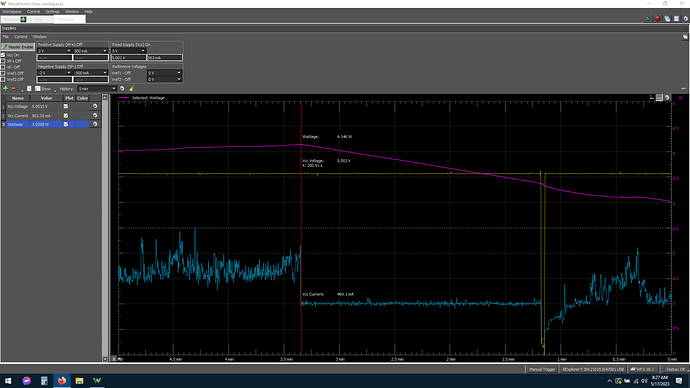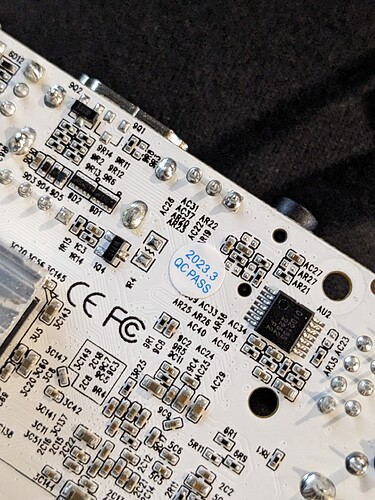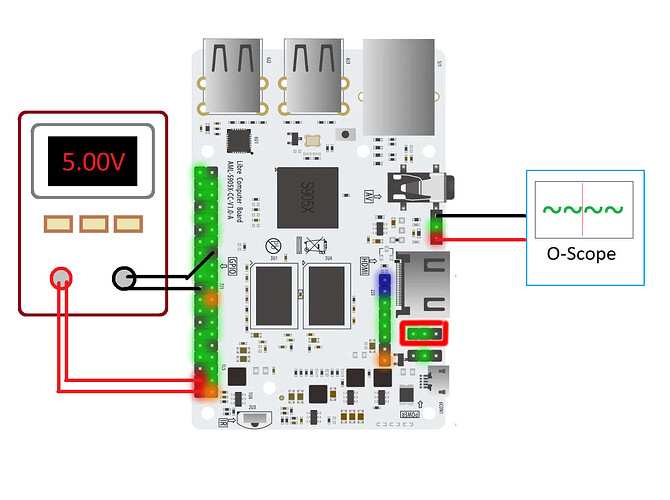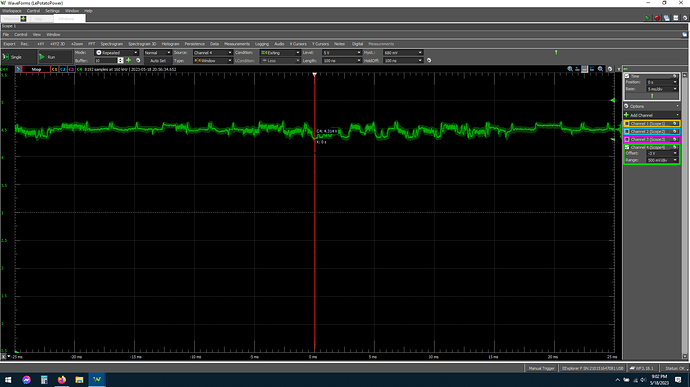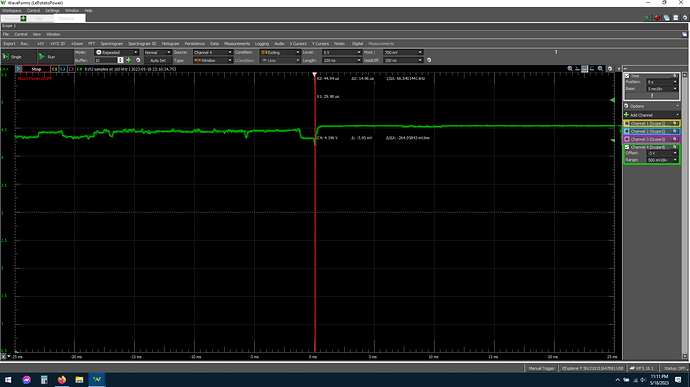Getting a hanging issue with Le Potato. Wondering if it’s a know thing.
After a while of use my AML-S905X-CC becomes unresponsive/hangs/crashes with the whole screen turning some random color. It DOES appear to happen when I am “doing something intensive”
Power Currently, this is what I suspect the most. I’ve been using a 2.1A USB wall adapter originally for a Nook tablet that has historically worked well for me for high drain USB devices. However, I noted that the thing was “hot” when I last went to unplug it. (I’d estimate something like 65-85c.) I also pondered over the things it was working well for and noted that they were battery operated.This made me theorize that it perhaps briefly shuts down and restarts… and I just never knew because of the specifics. I intend to power via the header using a more attestable supply than an off the shelf USB wall adapter. Refer to this thread for the general idea.
Heat This was the first thing I suspected, but is now less likely IMHO. Only having experience with this form factor on the original RasPi, It never even occurred to me that the main SoC could get very hot. I figured it was a budget SoC designed with handheld power limitations in mind. Plus, it didn’t come with a heatsink. So, it was quite the shock to feel how nuclear hot the main SoC was getting. My knee jerk reaction was “Aaa Haaa! FOUND IT!!” So… I RTV’d some heat sinks on it AND added a fan. No change in issue, but I feel a little better about lowering temps either way. B)
(Slightly tangential, but I certainly hope Amlogic had the common sense to add hardware enforced thermal throttling/shutdown so that skyrocketing temps wouldn’t permanently detonate the SoC. I’d probably want my money back if this most basic safety was absent… Would love some official docs to sleuth this one out. At the very least, Le Potato is commonly supplied without a heatsink, and no warning to add one, so SOMEONE though this was a safe thing to do.)
SD Card I’ve tried different SD cards. Problem exists with at least two different units, name brand and cheap. Currently using a Samsung EVO Select 128GB that tests well and has served me well in my phone for the last ~ 2 years. May drop in my similar 64GB card if I feel it’s a 1 off issue with the card.
OS Image I suspected incompatibility or corruption in the image somewhat possible, so each time I switch my card around I tried a different OS image too. I’ve gone through “ubuntu-22.04.1-preinstalled-desktop-arm64+aml-s905x-cc.img.xz”, and “Armbian_23.02.2_Lepotato_jammy_current_6.1.11_xfce_desktop.img.xz” I’m using Rufus 4.0 portable to write images to the card. I’m using an ancient "Transend - Multiple Card Reader USB Device
" (VID_058F & PID_6366) … i.e. just a generic SD card to USB adapter. Image seams to verify, so I doubt it’s a write issue.
I’ll of course report back after I mess with alternative power supply options, but, in case this is a known issue, I’ll ask… Has anyone else had this problem? What was the cause? How did you fix it?
… Please and Thank you.

